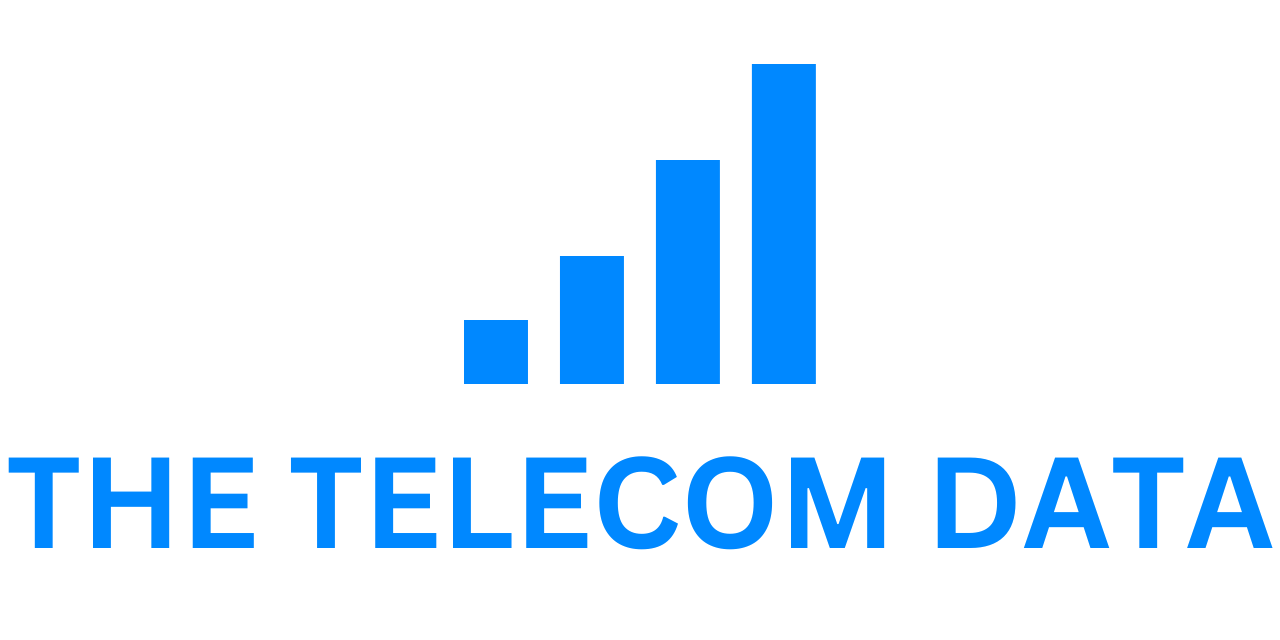
Each time, AT&T’s Field Operations( AFO) platoon responds to roughly 19 million calls requesting the position of its underground lines. 811 is the public Call Before You Dig( CBYD) phone number designed to help homeowners and contractors avoid forfeitures, injuries, and service interruptions by unintentionally digging into an underground mileage line. vindicating line and other asset locales is a complex,multi-step process, involving a combination of systems, tools, and departments to directly identify client position data, confirm the geolocation of AT&T underground means, and dispatch field labor force to mark line locales.
My platoon and I lately had a chance to apply new technology to make the CBYD program much more effective. Through geospatial mapping, natural language processing of the plain English requests on trouble tickets, and AI image recognition on road chart prints, AT&T can now identify nearly incontinently if we’ve lines buried at proposed worksites and determine whether a technician needs to drive out and physically mark the spots. This makes us more effective and, most importantly, reduces the chances of an accidental string cut that could disrupt service to our guests.
The 19 million dig requests that AT&T receives appear from hundreds of construction and form systems, from the figure- eschewal of new neighborhoods, when consumers repair their walls, and from civil systems like adding a new turn lane or sidewalk to a road.
A Growing Challenge
In theU.S., the Federal Dispatches Commission has commanded mileage providers like AT&T give buried asset position verification and marking services – at no cost to the frequenter and generally within two to three days. Any property proprietor or contractor who plans to dig is needed by law to request an asset position by calling the public non- exigency 811 “ Call Before You Dig ” phone number or by visiting the countries ’ 811 websites. Grounded on these requests, providers must mark the approximate position of buried serviceability with makeup or flags to avoid anyone unintentionally digging into underground lines causing service dislocations, property damage or physical fleshly detriment.
AT&T is needed to follow a rigid set of conditions for every single line- detect request, including
For exigency requests(e.g., repairs related to unanticipated events for consumers or communal institutions), evidence of damage and redundancy
or dispatch within 4 hours of creation.
Dismissing requests outside of AT&T’s service areas or transferring a platoon to mark lines in dig areas within 48 hours.
Internally, AT&T has set a thing of two hours to confirm damage and automatically push requests to merchandisers for posterior review or luxury.
While about 30 percent of line- detect requests bear no AT&T intervention because job spots are outside AT&T’s service areas, an fresh 30 – 35 percent of requests in the history touched off gratuitous Field dispatches. Inaccurate job point “ dig box ” markings and a lack of precise, dig- point images caused visits to spots where AT&T lines and means were at no threat of dig damage. New home construction and increased connectivity requirements mean that the volume of detect requests is growing. AT&T itself is playing a large part in the uninterrupted buildout of high- speed fiber. In the third quarter of 2023, AT&T had the capability to serve20.7 million consumers and about3.3 million business client locales. The company is on track to pass 30 million fiber locales by the end of 2025.
Coupling the subject matter moxie of AFO specialized staff and my platoon’s work, AT&T has filed patents that allow technicians and consumers likewise to use stoked reality to pretend the placement of a new buried installation.
The Field Operations platoon continues to make substantial progress addressing these issues with statistical and rules- grounded robotization. still, in late 2021, they aimed to further contemporize the CBYD 811 process using machine literacy( ML) and artificial intelligence( AI) technologies.
Data Science and AI occasion
Call Before You Dig uses a number of technologies that have been enhanced with AI and robotization.
The first addition is a more grainy geospatial recognition of both the land and the parcels of homes and the installations( the buried lines, the fiber, et cetera), that are in the area and known to AT&T. Using a scalable hexagonal “ cell ” representation called H3, the indexing of geospatial locales and their contents were dramatically accelerated. Speedy indicator and reclamation is critical to meeting the 4- hour window for evidence as needed by exigency tickets. also, themulti-resolution nature of the new H3 penstocks allows algorithms to dissect the impacts of a damaged installation near a dig box at the position of a road, block, neighborhood, and indeed line center in a matter of seconds, a calculation that preliminarily took several twinkles for each.
The alternate enhancement is the use of enhanced textbook analysis to more understand ticket data. Using natural language processing, we can dissect those tickets to match precise geographic locales to the written descriptions in the tickets. Indeed though the textual description contained in a dig request ticket is only a couple of rulings, AI algorithms can frequently descry the patterns that dispatchers and guests use to describe a dig box that may gauge an entire block, both sides of a road, or positionally indicate the position of an area within a client’s parcel. This area of analysis started from keyword finding, but with the proliferation of large language models( LLMs) similar as those used in generativepre-trained mills( GPTs), fresh intents may be “ read between the lines ” to relate lodgings within an area or other patterns that develop within a region.






